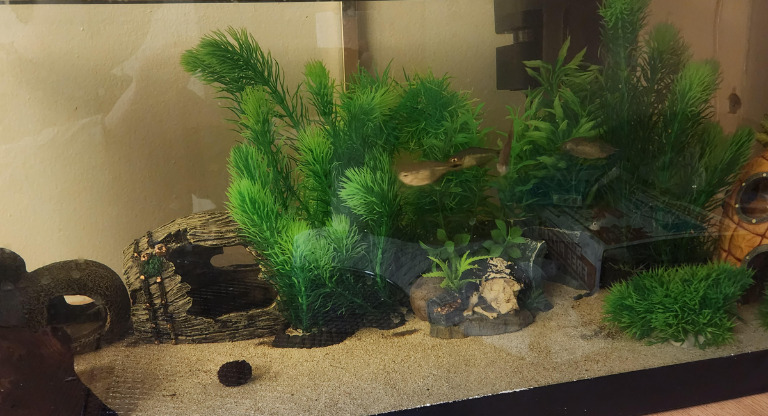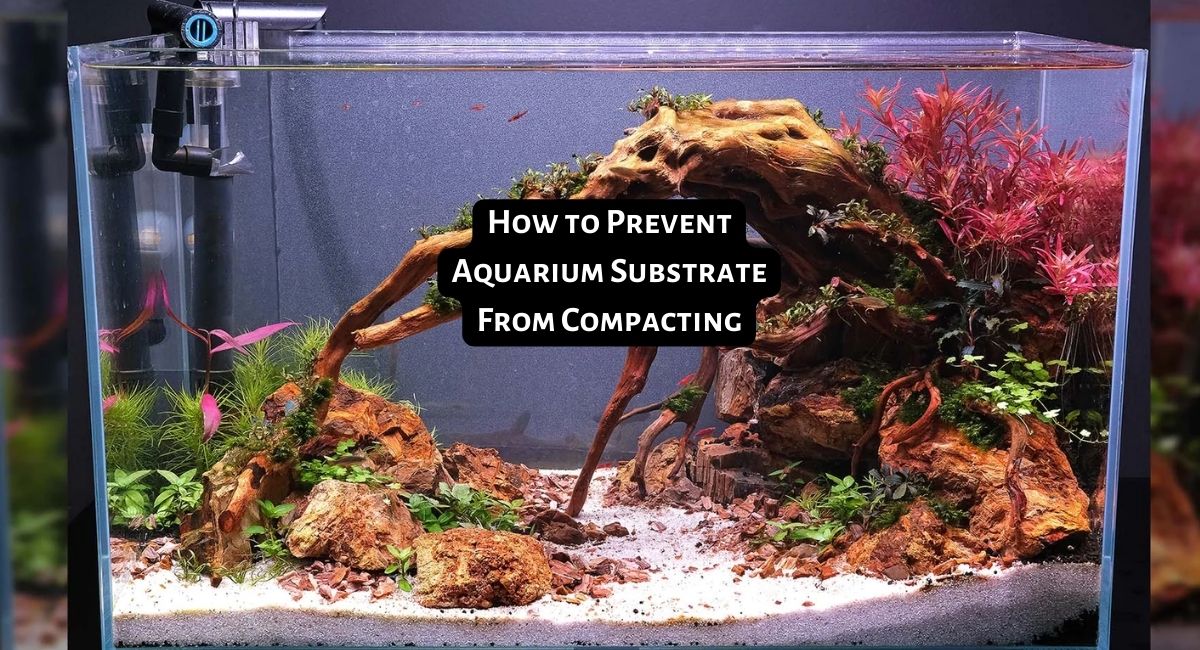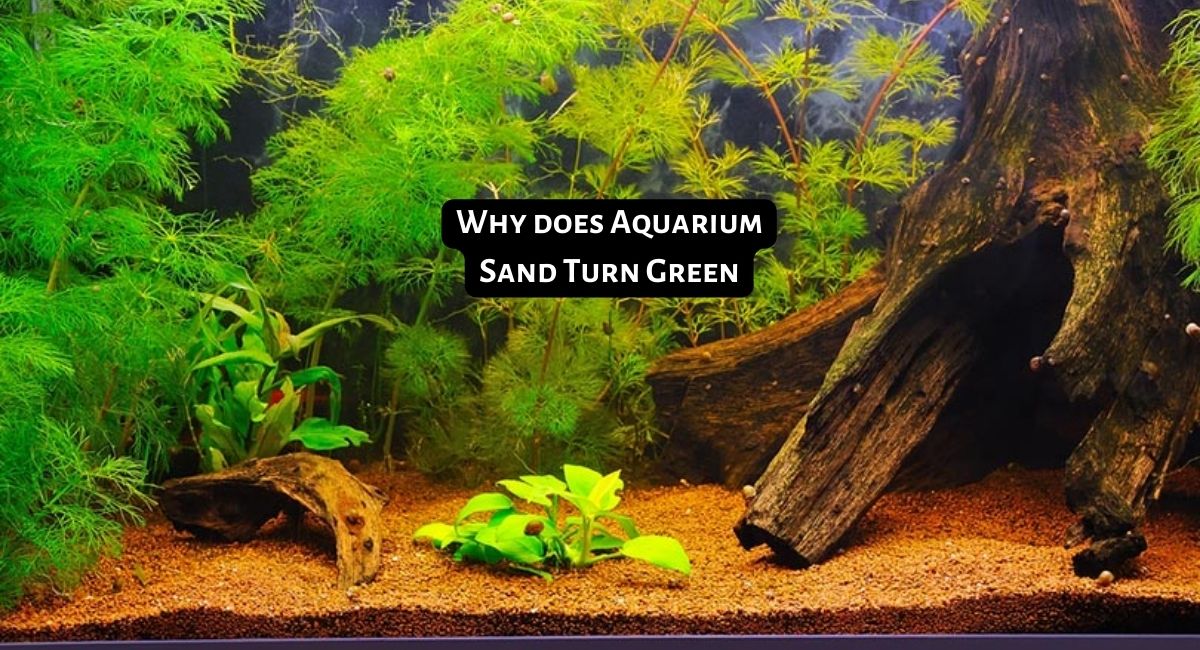Smartplantedaquarium.com participates in affiliate marketing programs. We may earn commissions on purchases made through our affiliate links. This doesn't affect our content or recommendations and we only recommend products we would put in our own tanks.
Choosing the right aquarium gravel is one of the most important decisions you’ll make when setting up a new tank. The type of gravel you select can impact the water quality, ease of cleaning, and aesthetics of your aquascape. Gravel comes in a variety of sizes, shapes, colors and materials – all of which can influence the environment for your fish and plants. In this blog post, we’ll walk through the key factors to consider when selecting gravel for a freshwater aquarium. We’ll compare the benefits and drawbacks of different gravel sizes, colors, shapes and materials. We’ll also recommend some of the best brand name gravel substrates on the market. With the right knowledge, you can pick the perfect gravel to create a healthy, naturalistic habitat for your tank inhabitants. Using high-quality aquarium gravel will enhance the beauty of your tank while providing a safe foundation for plants and fish.
Contents
- Significance of Gravel in Planted Tanks
- Different Types of Gravel for Planted Tanks
- Gravel Needs of Various Aquarium Plants
- Is Aquarium Gravel Better Than Sand
- What to Look For in Aquarium Gravel
- Determining the Amount of Gravel Needed
- Best Gravel for Planted, Freshwater and Saltwater Aquariums
- Conclusion
- Frequently Asked Questions
Significance of Gravel in Planted Tanks
- Anchoring Plants: Gravel acts as a stable substrate for plants, preventing them from floating or being uprooted by fish movement or water currents. Its weight and texture provide a solid foundation for plants to establish and thrive within the tank.
- Root Growth: The presence of gravel in planted tanks encourages healthy root development. The gravel substrate allows plant roots to spread out and anchor firmly, enabling efficient nutrient absorption and ensuring optimal growth.
- Hiding Place for Fish and Invertebrates: Gravel provides natural hiding spots for fish and invertebrates, mimicking their natural habitat and creating a stress-free environment. The crevices and gaps between the gravel particles offer secure shelter, promoting the overall well-being and behavior of aquatic organisms.
- Easy to Clean: Gravel’s loose structure facilitates the removal of debris, excess food, and waste from the tank. By vacuuming the gravel during regular maintenance, detritus is efficiently eliminated, preventing it from accumulating and compromising water quality.
- Good Drainage: Gravel promotes effective drainage within the tank, preventing the water from becoming stagnant. It allows excess water to flow through its particles, reducing the risk of anaerobic conditions and enhancing oxygenation for both plants and aquatic life.
- Barbel Protection: Fish species with delicate barbels, such as catfish or loaches, benefit from gravel as it acts as a protective layer between their sensitive barbels and the tank floor. The smooth surface of the gravel minimizes the risk of abrasion and injury to these delicate appendages.
- Beneficial Bacteria Habitat: Gravel provides a favorable habitat for beneficial bacteria, crucial for biological filtration in the aquarium. The ample surface area and interstitial spaces of the gravel promote the colonization of beneficial bacteria, which aids in breaking down organic waste and maintaining water quality.
Different Types of Gravel for Planted Tanks
- Pea Gravel
- Lava Rock
- River Rock
- Marble Chips
- Quarry Process Gravel
- Jersey Shore Gravel
- Slate Gravel
- Bank Gravel
- Bench Gravel
- Crushed Stone Gravel
- Screened Gravel
- Colored Gravel
Gravel Needs of Various Aquarium Plants
Different aquarium plants have varying gravel needs depending on their root structures, nutrient requirements, and growth habits. Here are some insights into the specific gravel needs of various aquarium plants:
- Amazon Sword (Echinodorus species): Amazon Sword is a popular aquarium plant that can grow well in gravel. It requires moderate levels of light and can survive in a range of temperatures. While plain gravel doesn’t provide nutrients, adding liquid plant fertilizer is recommended for their growth.
- Madagascar Lace (Aponogeton madagascariensis): This plant can grow in gravel but requires specific conditions. It prefers cooler water temperatures and medium to high light levels. Adequate water temperature and lighting are important for its successful growth.
- Cryptocoryne: Cryptocoryne plants can thrive in both gravel and sand substrates. They come in various colors and can tolerate a range of lighting conditions. Cryptocoryne wendtii is a common variety suitable for gravel-based aquariums.
- Java Fern (Microsorum pteropus): Java Fern is a versatile plant that can grow in gravel. It adapts well to different environments and lighting conditions, including low light. It requires minimal maintenance and can be attached to driftwood or rocks using fishing line or glue.
- Anubias (Anubias species): Anubias plants are suitable for gravel aquariums. They don’t need to be buried deep and can be attached to rocks or driftwood. Anubias can thrive in low to medium light conditions and are considered hardy, making them suitable for beginners.
- Vallisneria (Vallisneria species): Vallisneria is a fast-growing grass-like plant that can be planted in the gravel substrate. It prefers warmer water temperatures and can serve as a backdrop in aquariums. It doesn’t require complex care and can provide good coverage for the tank.
- Bucephalandra: Bucephalandra plants need thicker gravel and porous substrates. They should be planted carefully to ensure the rhizome is not buried. Bucephalandra prefers stable water conditions and can add visual interest to the aquarium.
- Waterweeds (Elodea, Anacharis): Waterweeds are easy-to-care-for plants that can grow in gravel. They are great for oxygenation and filtration, and they adapt well to various water conditions. Medium-lighting is recommended for optimal growth.
It’s important to note that while some plants can grow directly in gravel, others may require supplemental root tab fertilizers or liquid fertilization to provide essential nutrients. Additionally, proper lighting, water temperature, and overall water quality play vital roles in the success of aquarium plant growth.
Choosing the Right Gravel Size for Different Plant
Choosing the right gravel size for different aquarium plant types is essential for optimal root development and overall plant health. While there may be varying opinions and preferences, here are some insights:
- Gravel Size for Planted Aquarium Substrate: When it comes to gravel size for planted aquariums, it is generally recommended to use small-sized gravel with a grain size of 0.1 to 0.2 inches (3 to 5 millimeters) for most live aquatic plants. This size provides good anchorage for the roots and allows for proper water flow.
- Considerations for Gravel Size: Apart from aesthetic considerations, the gravel size should allow for root penetration and nutrient uptake. It should also promote good water circulation and prevent gas build-up. While smaller-sized gravel is generally preferred, it’s important to find a balance that suits the specific needs of the aquarium plants.
- Individual Plant Requirements: Some plants may have specific preferences for gravel size based on their root systems. For example, plants with delicate, fine roots may benefit from finer gravel, while others with more extensive root systems can tolerate slightly larger gravel sizes. It’s important to consider the specific needs of the plant species you intend to keep in your aquarium.
- General Guidelines: While there is no one-size-fits-all approach, it’s advisable to choose gravel sizes that are small enough to allow roots to penetrate easily while providing stability and preventing root entanglement. Additionally, avoiding extremely large or coarse gravel is important to ensure a comfortable and suitable environment for the plants.
It’s important to note that there may be additional factors to consider, such as the specific needs of individual plant species, aquarium setup, and personal preferences. Consulting with experienced aquarists, referencing plant-specific care guides, or seeking advice from aquatic plant experts can provide further guidance on the ideal gravel size for different aquarium plant types.
Is Aquarium Gravel Better Than Sand
The choice between aquarium gravel and sand is an important decision for aquarium enthusiasts. Both options offer distinct advantages and considerations that should be taken into account when setting up and maintaining an aquarium. This brief comparison aims to highlight the key factors to consider when deciding between aquarium gravel and sand.
- Appearance:
- Gravel: Gravel comes in a variety of colors, shapes, and sizes, allowing for greater customization and aesthetic appeal. It can create a more textured and natural-looking substrate, enhancing the visual appeal of the aquarium.
- Sand: Sand provides a smooth and uniform appearance, creating a clean and sleek look. It can lend a more minimalist and modern aesthetic to the aquarium.
- Maintenance and Cleaning:
- Gravel: The porous nature of gravel allows for beneficial bacteria to colonize, aiding in biological filtration. However, debris can get trapped in the gaps between the gravel particles, requiring regular cleaning to prevent buildup.
- Sand: Sand can be more challenging to clean due to its fine particles. Waste and uneaten food may sink into the sand, necessitating careful vacuuming to avoid stirring up the substrate. However, sand can be beneficial for certain species that require burrowing or sifting through the substrate.
- Plant Growth:
- Gravel: Gravel provides a stable base for plants and can support their root systems effectively. It allows water to flow through, preventing the roots from becoming waterlogged. Additionally, nutrients can be absorbed by the gravel, promoting plant growth.
- Sand: Some plant species may struggle to establish themselves in sand due to its compact nature, limiting root penetration. However, certain plants with adapted root structures can thrive in sand substrates.
- Fish and Invertebrate Considerations:
- Gravel: Gravel can provide a more secure substrate for burrowing fish and invertebrates, such as catfish or shrimp, allowing them to exhibit natural behaviors. However, there is a risk of small fish or invertebrates getting trapped between the gravel particles.
- Sand: Certain species of fish, such as cichlids, may prefer sand substrates for digging and sifting through it. Sand can also be beneficial for delicate invertebrates, like sand-sifting starfish. However, care must be taken to choose a sand type that is not overly fine, which could lead to compaction and anaerobic conditions.
Ultimately, the choice between aquarium gravel and sand depends on personal preference, the desired aesthetic, the needs of the fish and plants, and the level of maintenance one is willing to undertake. Both options have their advantages and considerations, so it’s essential to research the specific requirements of the species in the aquarium and consider the long-term maintenance implications before making a decision.
What to Look For in Aquarium Gravel
- Color: Gravel comes in many different colors, so choose one that complements the overall look of your aquarium.
- Quality: Inspect the quality of the gravel to ensure that it doesn’t have any sharp edges or shards that could injure your fish. Run your hands over a sample to feel if the gravel is smooth or not.
- Size: Gravel typically measures between 2mm and 5mm in size, but there are different sizes available. Choose one that suits the needs of your aquarium and the fish that live in it.
- Type: There are different types of aquarium gravel available, such as colored gravel, inert gravel, and pea gravel. Pea gravel is a popular choice because it has a natural look and is formed from small fragments of assorted types of stone. It is also inert, so it won’t affect the water chemistry in your tank.
- Source: Never harvest gravel from the natural environment and use it in your aquarium. Anything that you introduce to your tank has the potential to bring with it bacteria, parasites, and other harmful substances that you don’t want in your aquarium.
- Compatibility with Fish and Plants: It’s important to choose aquarium gravel that is suitable for the fish and plants you have. Some fish species prefer a specific type of substrate, while certain plants may require gravel with specific properties, such as nutrient-rich substrates for planted tanks. Consider the specific needs of your aquatic inhabitants and select gravel that supports their well-being.
- Cost: The cost of the gravel is also a factor to consider. Gravel prices can vary depending on the brand, quality, and size of the package. Set a budget and look for options that offer good value for money without compromising on quality. Keep in mind that aquarium gravel is a long-term investment, so choosing a durable and high-quality product is important for the longevity of your tank.
- Cleaning and Maintenance: Consider the ease of cleaning and maintaining the gravel. Some gravel types may be easier to clean and less likely to trap debris, while others may require more effort to keep clean. It’s important to keep the substrate clean to maintain good water quality and the health of your aquarium inhabitants.
- Brand and Reviews: When choosing aquarium gravel, it can be helpful to research different brands and read reviews from other aquarium enthusiasts. Reviews can provide insights into the quality, durability, and overall satisfaction of using specific gravel products. Look for reputable brands that are known for producing high-quality aquarium substrates.
Determining the Amount of Gravel Needed
- Importance of calculating the right amount of gravel
- Factors to consider: tank dimensions and desired substrate depth
Best Gravel for Planted, Freshwater and Saltwater Aquariums
Brief description, features, and pros/cons of each gravel option
- Best decorative aquarium gravel – River Rock Stones by Voulosimi
- Best aquarium gravel for betta fish – GloFish Aquarium Gravel
- Best substrate for planted aquariums – Caribsea Eco-Complete for Planted Aquariums
- Best black aquarium gravel – Seachem Flourite Black Clay Gravel
- Best aquarium gravel for goldfish – Caribsea Peace River Gravel
- Best gravel for aquascaping – Natural Slate Stone by Small World Slate
- Best fine aquarium gravel – Spectrastone Special Blue Aquarium Gravel
- Best natural aquarium gravel – Pure Water Pebbles Natural Aquarium Gravel
- Best colored aquarium gravel – Alan Stone Glow in The Dark Gravel
- Best low-maintenance aquarium gravel – SACKORANGE 2 LB Aquarium Gravel River Rock
Conclusion
Frequently Asked Questions
Do I need gravel in my aquarium?
What is the best gravel to use in a fish tank?
Is gravel or pebbles better for fish tanks?
What is the difference between aquarium gravel and regular gravel?
What color gravel is best for fish tank?
When should I not use fish tank gravel?






